Saline Valley Hot Springs in Death Valley
If you are brave enough to drive for three hours over a dusty, rock-covered 55-mile road in the hottest place on earth, you’ll be rewarded with one of the most unique Southern California hot springs experiences: Saline Valley Hot Springs AKA the “warm springs”. You can soak in multiple natural hot pools at Saline Valley, meet eccentric locals and enjoy the equally odd wild donkeys.
The surrounding region of Death Valley is known for its unique history, nature, climate, and people. You may even wonder if you’re still in California, the promised land of beaches and Hollywood. Then you’ll see the palm trees and know you’re in the right place.
Saline Valley Hot Springs Facilities
All the dusty traveler will find here is a vault toilet, a shower, a dishwashing sink and nothing else. If you’re looking for an off-the-grid experience, you’ll find it here, where there is no cell phone reception, and the wild coyotes and donkeys are eager for your food. Pack food, drinking water, toiletries and a satellite communication device.
Multiple Soaking Options
There are three hot springs areas: Upper Warm Spring, Lower Warm Spring and Palm Spring. Each spring area has multiple separate soaking pools surrounded by artificial rock walls, stone seats, sitting stumps and palm trees. The largest pool is the 15-foot-wide Volcano Pool, and each pool can fit several people. The hottest soak is the Wizard Pool, which can reach up to 112°F.
Seasonal Access Information
The best months to visit Saline Valley Hot Springs are between October and April, as the average daily temperatures range from 35°F to 70°F. Evenings and early mornings may reach freezing, making the hot springs an ideal destination.
Lower elevations have little to no rain and almost zero chance of snow. However, winter weather may cause the hot springs to be unreachable at higher elevations such as the North Pass (7,300 feet).
In contrast, the summer months (May through September) are the last time you want to visit hot springs. The desert air in Death Valley National Park is so hot it can be fatal, as daily temperatures typically reach 120°F, even in the shade.
The park holds the world record for the hottest air temperature: 134.1°F. There is little respite in the evening too, when temperatures dip to only around 90°F. If you have a breakdown or get a flat tire, you won’t want to wait for hours in the heat.
Overnight Options: Camping
Saline Valley Hot Springs offers dispersed camping for those with tents or recreational vehicles. Given extreme desert temperatures and lack of amenities, you should camp with a high-clearance recreational vehicle such as a rugged off-road camper. The maximum stay for overnight campers is 30 days.
Access and Usage Fees
To enter the park, you pay an entrance fee. Weekly and annual passes are available for Death Valley National Park or get one for all National Parks. Camping is free at Saline Valley Hot Springs.
Nearby Attractions
Death Valley National Park is one of the country’s most underrated parks. Tourists with only one extra day can make quick stops at Badwater Basin, Devil’s Golf Course, Zabriskie Point or the brightly-colored Artist’s Palette. However, to fully embrace Death Valley, you should park and hike into the sand dunes, slot canyons, or around the perimeter of Ubehebe Crater.
Hikers and backpackers will enjoy the unparalleled desert views of Telescope Peak, while adventurous off-roaders will want to drive to the alien-like Racetrack Playa.
Saline Valley Hot Springs History
The Native tribe of Timibisha Shoshone people lived near and enjoyed the geothermal pools for their healing waters. Later, mining companies moved into mine salt and borax. The salt marsh and dunes remain untouched, and the Timbisha Shoshone tribe, which settlers removed, now maintains a reservation near Furnace Creek in the National Park.
As of the 1990s, Death Valley National Park included the hot springs within its park boundaries, and a group of volunteers maintained the three pools. In 2019, the park and volunteers made an uneasy agreement about land management.
Saline Valley Hot Springs Directions
Saline Valley Hot Springs is in the northeast of Death Valley National Park. You can reach these hot springs via the North Pass through Big Pine or the South Pass through Olancha.
There is no other way to access the hot springs except by a long, unpaved and dangerous road. You can drive to Saline Valley Hot Springs from Las Vegas (6.5 hours), Los Angeles (6.5 hours) or San Francisco (9.5 hours).
From Las Vegas
Take the 95 North freeway for about 115 miles until you reach Beatty, Nevada. In Beatty, turn onto the 374 South, which merges into the 190 West that travels across Death Valley National Park for 77 miles. On the other side of the park, you’ll take a right onto the unpaved Saline Valley Road for about 52 miles to the hot springs. This is the South Pass route.
From Los Angeles
For about 25 miles, take the 101 North freeway, turning into the 5 North. Then, you’ll take the 14 North freeway toward Palmdale for 115 miles. In Palmdale, you’ll merge with the 395 North, which you’ll drive for 41 miles. Then, take a left onto Saline Valley Road for 52 miles to the hot springs.
From San Francisco
Take the 580 East and 205 East out of the city for about 60 miles before taking the 120 East across Yosemite National Park for over 150 miles (remember that winter conditions may close this route). When you reach Lee Vining, take the 395 South towards Big Pine for about 77 miles.
In Big Pine, take the 168 East for a couple of miles before beginning the mix of paved and unpaved roads south towards Saline Valley Hot Springs. The North Pass route is typically not navigable during the snowy winter months.
Unpaved Road Conditions
The south pass to Saline Valley is unpaved and treacherous. Just before you arrive in Death Valley National Park on Highway 190, you’ll turn onto the unpaved Saline Valley Road (see the turnoff from highway 190). This road takes over three hours and is only for high-clearance vehicles with low tire pressure.
Since you will not have cell phone service, it is imperative that you also keep a spare tire, tire pump, and extra food and water in case you have to wait for a tow truck. Remember that your tow may cost thousands of dollars, so you should be prepared to replace any flat tire. Watch this YouTube video by We Follow Rivers, which records the drive.
Is Saline Valley Road Open?
Due to hazardous weather like flooding, Saline Valley Road is occasionally closed. To check current conditions and if the road is open visit the Death Valley NPS conditions page.
Saline Valley Hot Springs Google Maps Directions
- East from Las Vegas (6.5 hours and 250 miles)
- North from Los Angeles (6.5 hours and 270 miles)
- South from San Francisco (9.5 hours and 370 miles)
Saline Valley Hot Springs Soak Stats:
Season: Fall, Spring, Winter
Type: Roadside
GPS Coordinates: 36.83808271866327, -117.76359651124156
Passes: Must be purchased
Parking: Free
Camping: Free
Hot Spring Temperatures: 98°F to 112°F
Nearby Hot Springs: Death Valley Hot Springs
Area Features: Death Valley National Park, Badwater Basin, Devil’s Golf Course, Mesquite Flat Sand Dunes, Zabriskie Point, Artist’s Palette
Closest Gas and Food: Big Pine (55 miles and 3 hours away) or Stovepipe Wells (97 miles and 4 hours away)
Dogs: Yes, but recommended on leash
Clothing-Optional: Yes
Bathrooms: Yes
Inyo County
California
92328
United States
Share this on:
- Click to share on Bluesky (Opens in new window) Bluesky
- Click to email a link to a friend (Opens in new window) Email
- Click to share on Facebook (Opens in new window) Facebook
- Click to share on Pinterest (Opens in new window) Pinterest
- Click to share on Reddit (Opens in new window) Reddit
- Click to share on Threads (Opens in new window) Threads
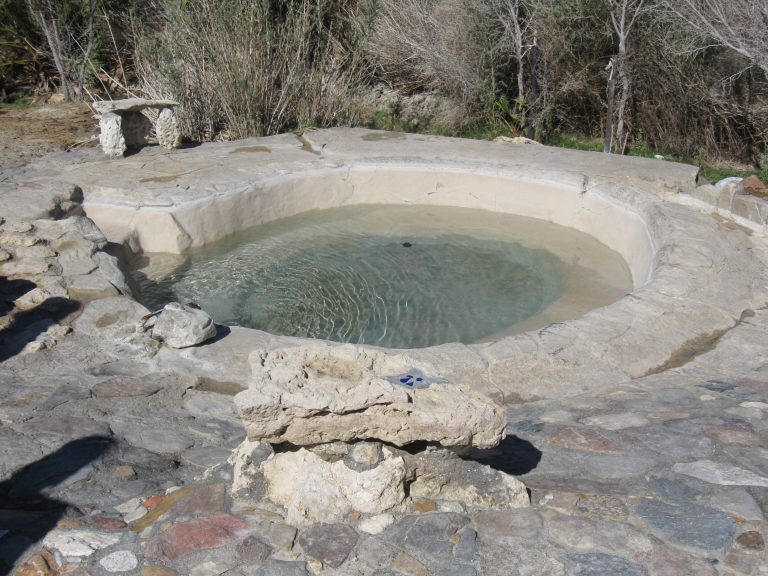
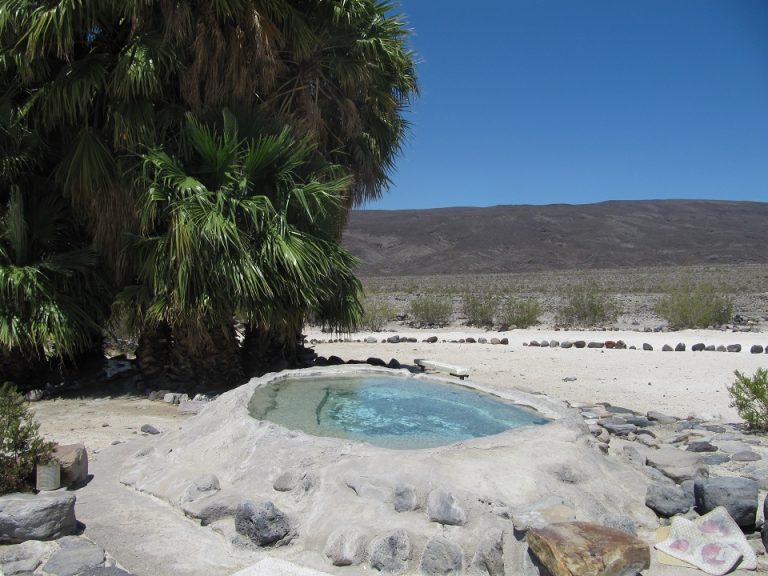
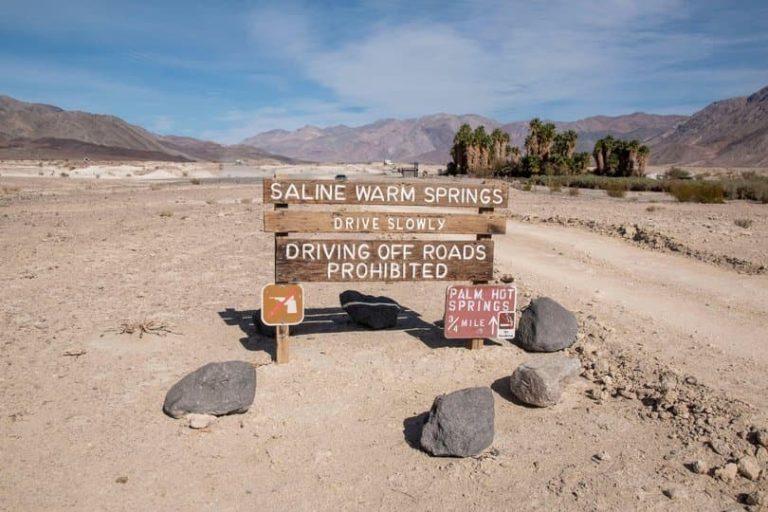
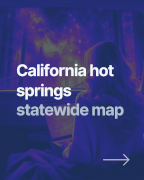
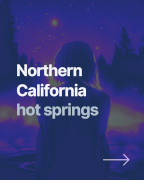
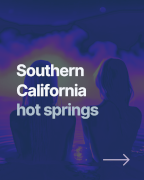

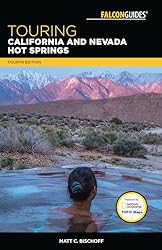
1 Review on “Saline Valley Hot Springs”
There is a 3rd way into the springs for 4×4 high clearance vehicles. Steel pass through Eureka dunes area down to the springs is also lower in elevation than the North and South passes. It may not have snow in Steel pass but REQUIRES a 4×4 HIGH CLEARANCE vehicle. DO NOT ATTEMPT in a Subaru or 2wd vehicle.